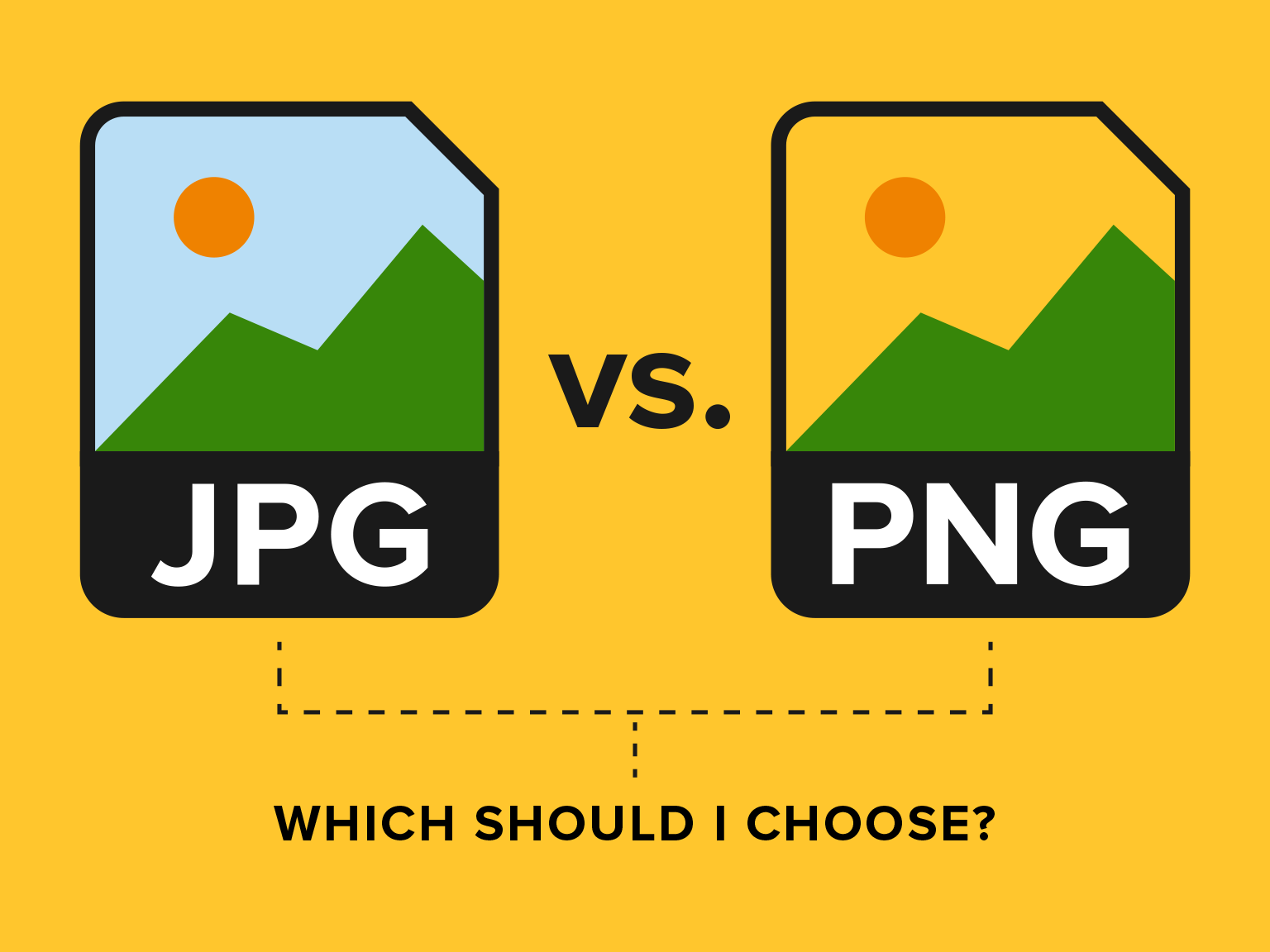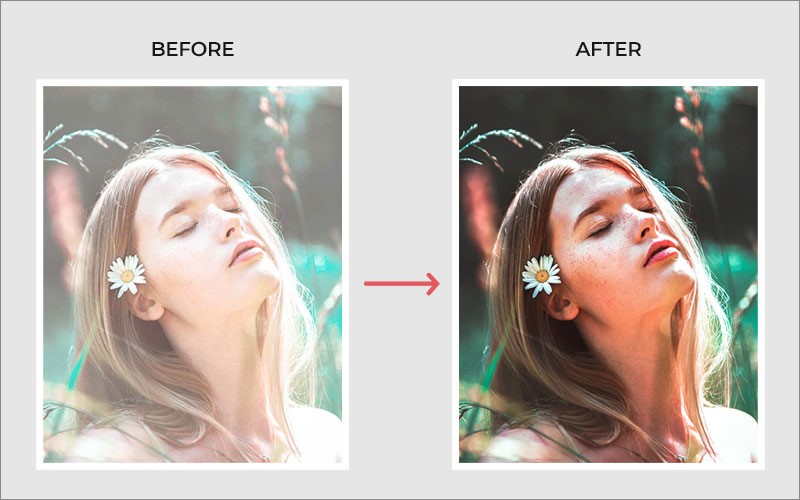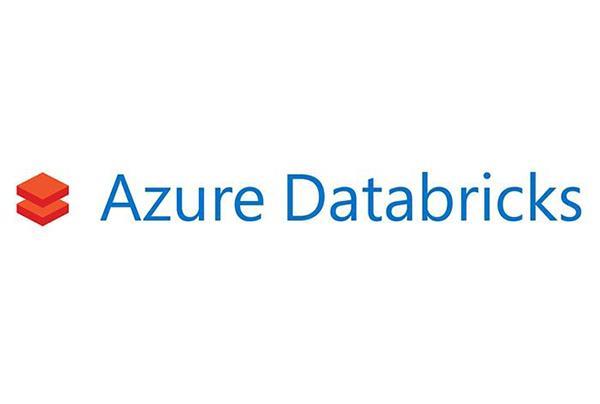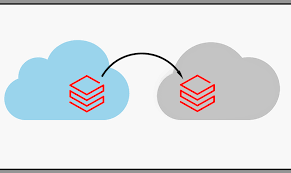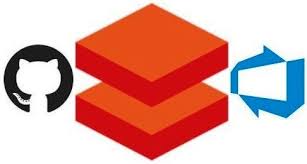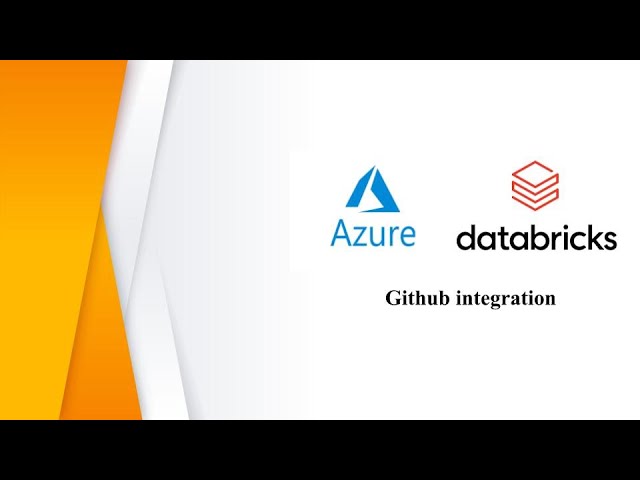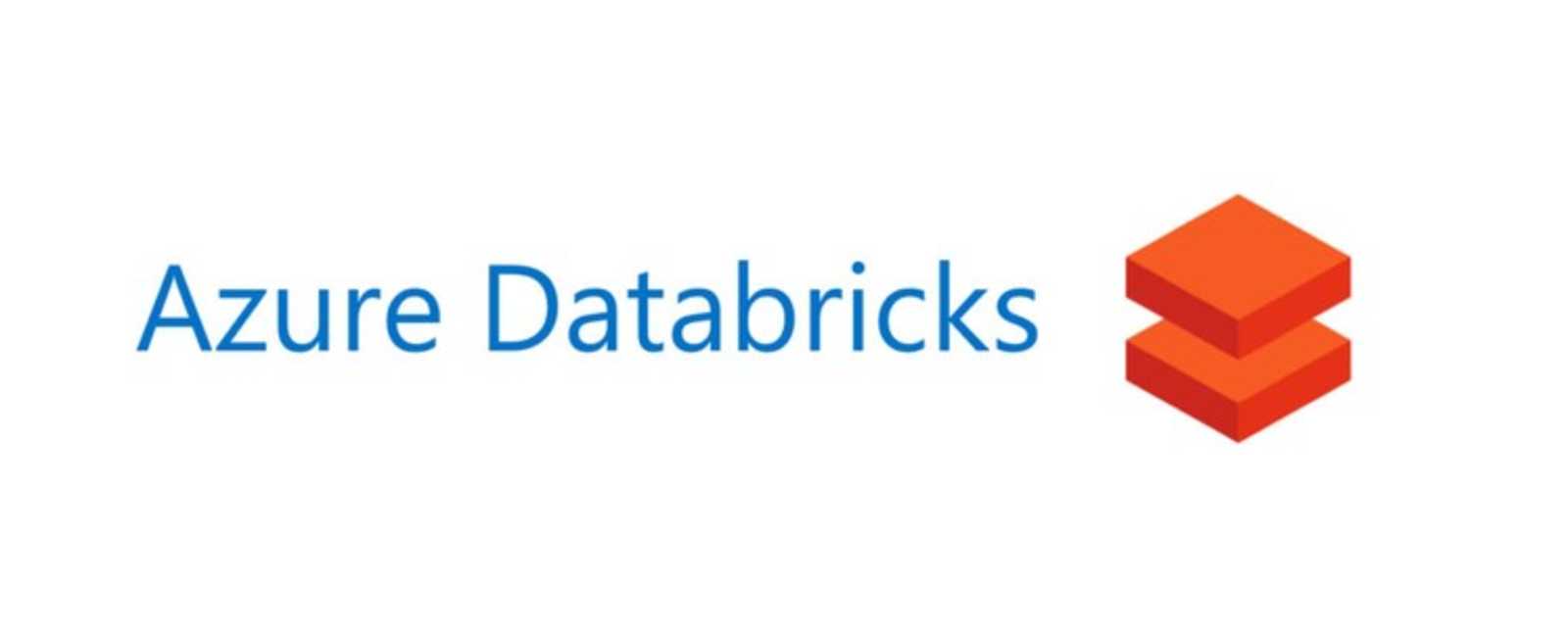04
Sep
When shooting handheld, there are some common mistakes that can lead to less-than-desirable results. Here are a few mistakes to avoid: Camera shake: Camera shake is one of the most common causes of blurry images when shooting handheld. It occurs when the camera moves during the exposure, resulting in a lack of sharpness. To avoid camera shake, use proper hand-holding technique, stabilize your body, and use an appropriate shutter speed to freeze motion. Insufficient shutter speed: Using a shutter speed that is too slow can result in motion blur, even if you're not experiencing camera shake. Make sure your shutter…


